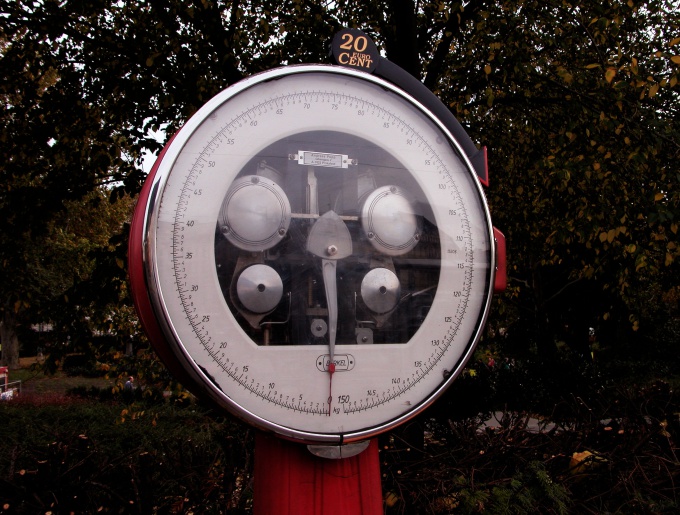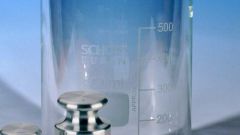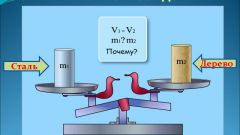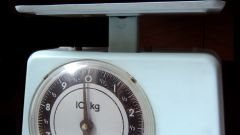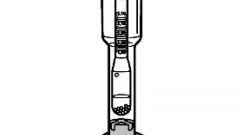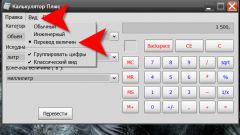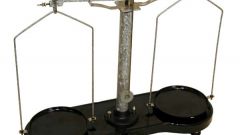You will need
- - Libra,
- - barometer,
- - psychometer,
- thermometer,
- calculator,
- - Handbook of physics.
Instruction
1
The density of all substances depends on external factors: humidity, temperature and atmospheric pressure. At the same time, the more intense the substance to absorb moisture (hygroscopicity), the larger changes in density. The same volume filled with a substance of different density, different mass. For example, the density of the wood depending on the content of water can change by more than two times. For liquids (in particular water), the density depends on the presence of impurities is taken into account when calculating the weight of the ballast on the boat: fresh water is lighter than marine.
Food products are often sold in standard packaging. If it goes on this case, the question of determining the weight of the material is omitted - it indicated on the packaging.
Food products are often sold in standard packaging. If it goes on this case, the question of determining the weight of the material is omitted - it indicated on the packaging.
2
For convenience, there is a conversion chart kilograms (or grams) in milliliters for the most frequently used food products. Based on matching the values of mass and volume in these tables is made of the special measuring utensils for dry and liquid food products.
3
Find the Handbook on the physics test substance and determine the tables its density. For greater precision on subsequent calculations, use the available reference amendments to the humidity, pressure and temperature of the surrounding air.
4
Bring a table value of the density to the desired units of measure, i.e. pounds per cubic milliliter. The density of the material in reference books in physics are usually specified in SI units - kg/cu. m, so you put the container in a milliliter (1 cubic meter equals 1000 liters, and 1 liter is 1000 ml), and then multiply the value of density from the table on the resulting number density * 1 kg/1 000000 ml.
5
Weigh the test substance – use cooked weights. Translate, if necessary, the value in kilograms (1kg is 1000 grams).
6
Divide using a calculator the value of mass in kilograms per density. The resulting quotient will be the volume of the test substance in milliliters, that is, the desired ratio of the mass in kilograms and volume in milliliters.
Note
Be careful with unit conversion.
